Canadian Junior skaters continue to bring home the hardware on the ISU Grand Prix circuit
Canadian skaters have never dominated a Junior Grand Prix event the way they did in Ostrava, Czech Republic last week.
The youth of Canada proved so compelling that the senior skaters attending the national team training camp in Mississauga, Ontario gathered en masse around a couple of laptops, watching magnificence unfold in Europe.
The youngsters won gold in three of the four events, a first for the land of the maple leaf. In most seasons since the Junior Grand Prix circuit started 18 years ago, Canada has done well to win as many as four gold medals during the entire string of seven or eight qualifying events. (This year there are seven.)
In only five of those 18 years, Canada has won four gold medals during the entire season. Last year, Canadian skaters won two gold medals over eight events, and none qualified for the Junior Grand Prix Final.
It’s not something that Canadian officials worry about too much. The Junior Grand Prix circuit is an important step, meant chiefly to develop future champions. “You see such a wide range of abilities on the circuit,” said Michael Slipchuk, director of high performance for Skate Canada. “Especially in singles and pairs, there’s always a clear break between the top skaters and the next group. Our guys are definitely pushing to be up there, but we’re more looking at our skaters to go out, learning to compete in that environment under those conditions, and skate at that level, and just continue in their development. So finally when they come to the Canadian championships, they are strong, and when they get to junior worlds, we can field a strong team.”
Witness Nam Nguyen, who stumbled his way through the Junior Grand Prix season last year as he went through a growth spurt. “I don’t think many people would have given him a shot to win junior worlds last year,” Slipchuk said. “But at Canadians, we knew he was moving in the right direction, and he won junior worlds. I think it’s a testament that if you keep progressing and doing things your way, things will work out. We leave it to our coaches to build a plan for their skaters and they know what’s best, and we’ll give the best support we can to get there.”
So far, Canada has won a total of five medals already: three gold and two silver in the first three Junior Grand Prix events. “We felt coming into this year that we had a strong group of dancers coming out,” Slipchuk said. Pair skating is another strength. Skate Canada is also looking to Julianne Seguin and Charlie Bilodeau to have a strong season, too. Seguin and Bilodeau, making their first Junior Grand Prix start of the season won gold with a dynamic routine to Peter Gabriel by almost 15 points over a Russian team in Ostrava.
Canada had already started off with two silver medals in dance in the first two events: Madeline Edwards and ZhaoKai Pang got off to a fast start in Courcheval, France the first week, and Brianna Delmaestro and Timothy Lum charmed their way to a silver in Ljubljana, Slovenia the next week.
In Ostrava, Canada’s junior champions Mackenzie Bent and Garrett MacKeen won gold in their fourth Junior Grand Prix season, blasting their previous personal best for their free skate by 7 ½ points, finishing up with 82.42 for a routine that looks more mature than last year.
And 15-year-old Roman Sadovsky won gold in the men’s event, also decimating his personal best with a “Les Miserables” program. His free skate score of 124.57 was almost seven points better than his previous best and although he was third in the free skate, his component score was the highest. And he has room to grow. He fell on a triple loop as he dealt with a new experience: being first after the short program in an international competition.
There are four events left: Nagoya, Japan this week, Tallinn, Estonia from September 24 -28; Dresden, Germany from October 1-5 and Zagreb, Croatia from October 8-12. Not all events feature pair events. Seguin and Bilodeau are out again at Dresden. So are Sadovsky and Delmaestro and Lum.
The Junior Grand Prix will feature Canadians that haven’t been out in the world before: a couple of 13-year-olds (Grace Lin from Yvan Desjardins’ stable in Montreal and Sarah Tamura who skates with Joanne MacLeod in British Columbia) will compete in Japan this week, where there will be no pair competition. Edwards and Pang will show their wares again in dance.
As the season wears on, Slipchuk says it will be interesting to see how Sadovsky, still young, fares. “He just keeps improving,” Slipchuk said. “I think he’ll be in the mix in the men.” He also looks to a new Canadian on the scene, Selena Zhao, who has a triple flip – triple toe loop (“It’s what the junior ladies are doing now,” Slipchuk said) in her arsenal, as a skater with the skills to be in the top half.
“We would like to see a fair amount of our skaters get into the top 10 or top eight,” Slipchuk said. “I think a few of them have a chance, given the event and the field. Some could be in the top five.”
Currently the Russians and Japanese are dominating the Junior Grand Prix circuit. Last year the Russians swept all four gold medals at the Junior Grand Prix Final and they also took over the entire pairs podium. The United States has always been a strong contender in the past. Canada has hovered between third and fifth place in the standings over the years. “We always look at longevity,” Slipchuk said. “We’ve never been a country that has been dominant on the circuit, but we transition well to senior and I’ve always felt that it is something that we don’t want to lose sight of. We want our skaters to keep improving.”


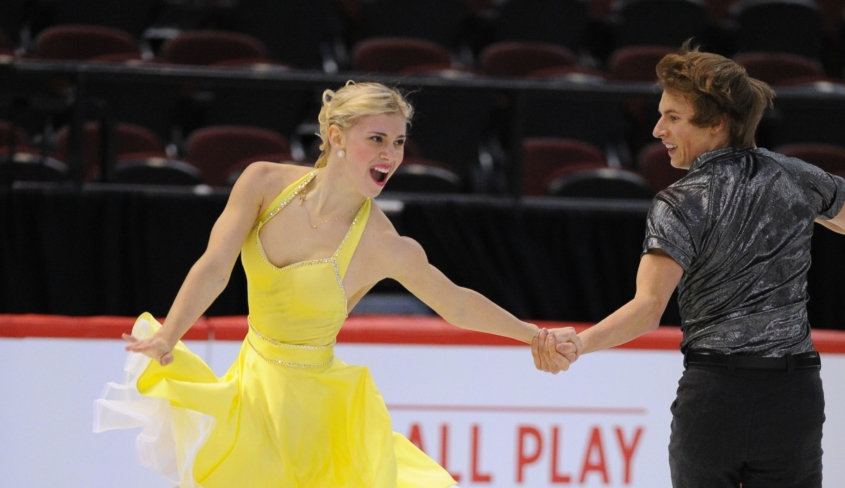
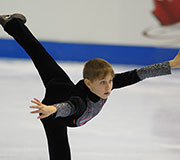
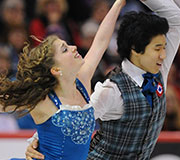
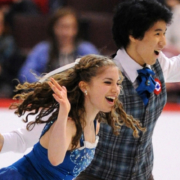
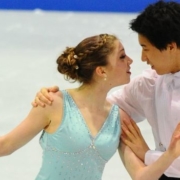
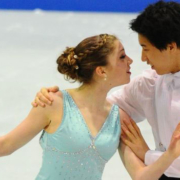
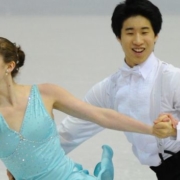
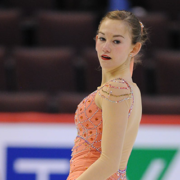


Leave a Reply
Want to join the discussion?Feel free to contribute!